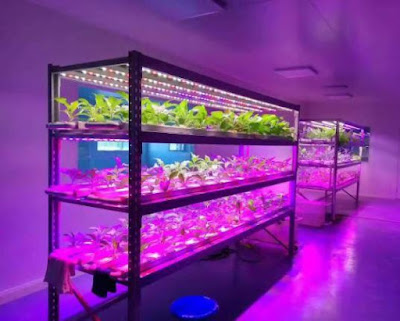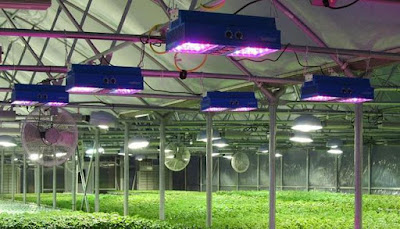Grow lights are lamps that use the principle of plant photosynthesis to supplement light for plants. It can be used to extend plant light exposure, as supplemental light in rainy weather, in conditions lacking natural light, or as a complete replacement for natural light in greenhouses. Common plant grow lights include incandescent lamps, fluorescent lamps, HID lamps, and LED lamps.

Selection and installation of plant grow lights requires certain expertise.
First of all, plants need a certain light intensity and reach the light compensation point to grow normally. If the intensity does not reach the light compensation point, it will not work for plant growth, which is why some people say that plant lights are useless. When the light reaches the light saturation point, the accumulation of photosynthesis substances will no longer increase, and even the phenomenon of photoinhibition will occur when the light saturation point exceeds the light saturation point. Generally, it is difficult for plant lights to reach the light saturation point. If the intensity exceeds the compensation point, it will inevitably cause waste, even inhibit growth, burn leaves, and play a negative role. The light compensation point and light saturation point of various plants are different, so it is necessary to choose a lamp with an appropriate light intensity according to the type of plant.





